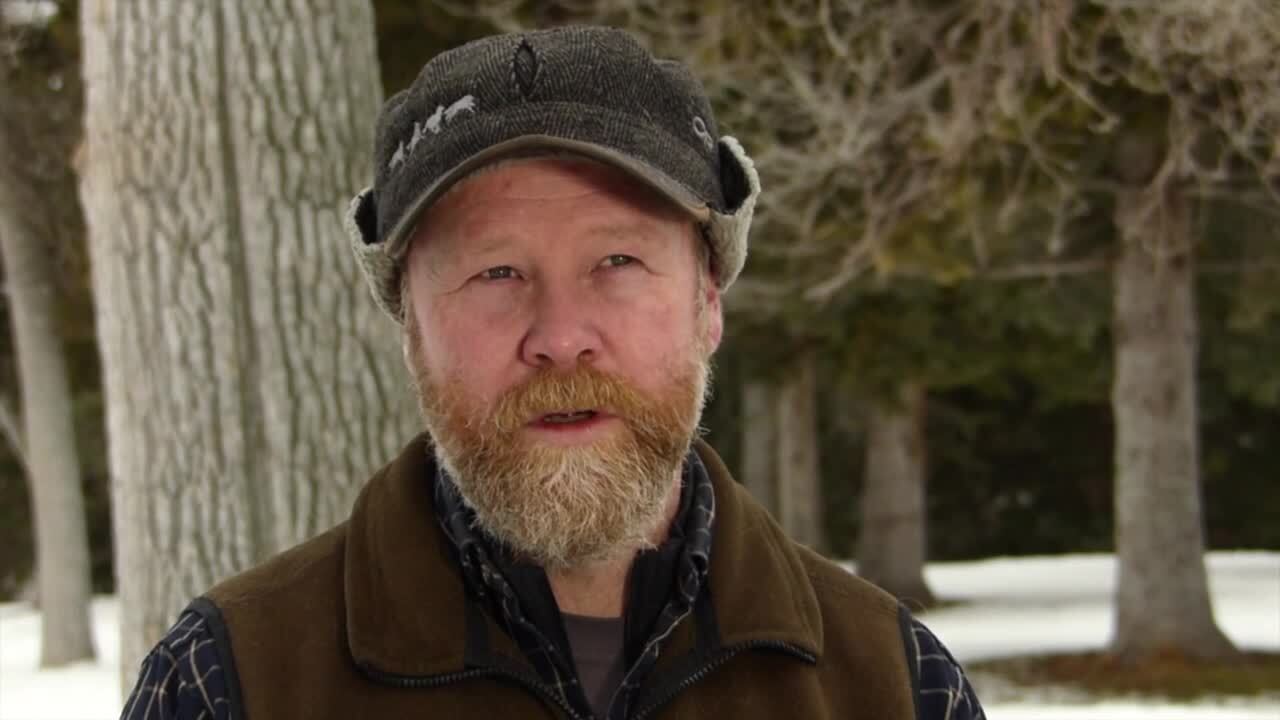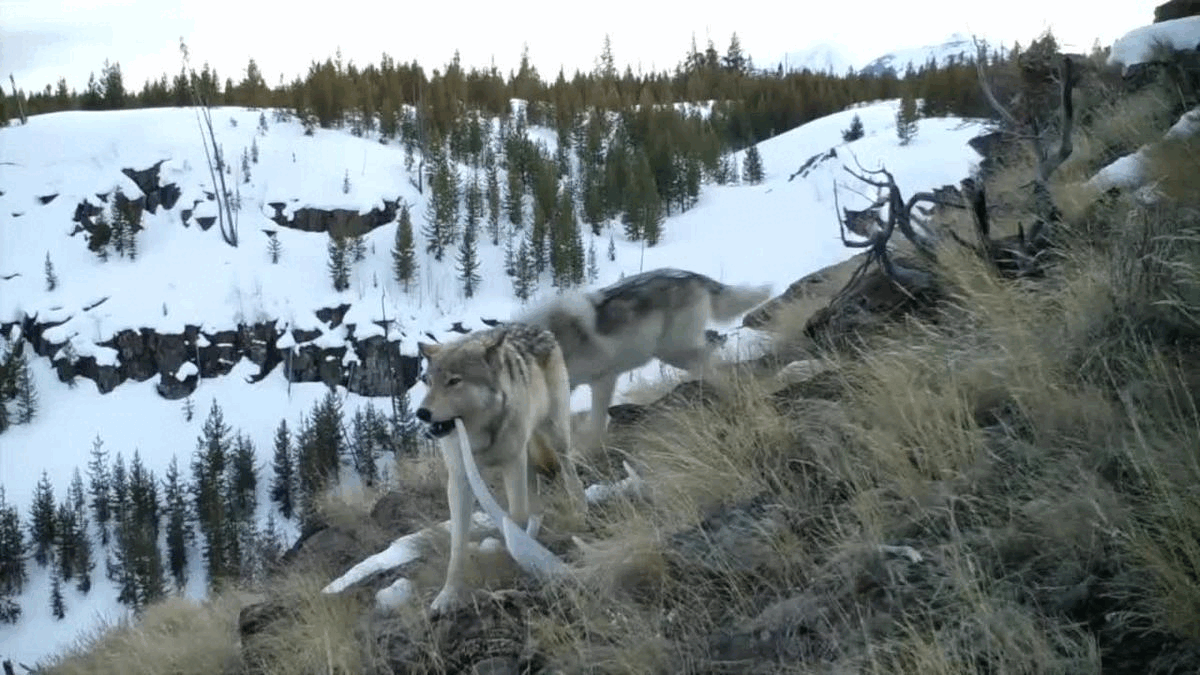NOTE: This is part II of a series. Part I can be found here.
YELLOWSTONE NATIONAL PARK - With the advent of new laws aimed at drastically reducing wolf populations, at least 20 wolves from Yellowstone National Park have been killed.
As a result, many businesses around the park are complaining that an important economic asset is being squandered.

Bundled against the cold and hunched over a spotting scope trained on wolves in the Lamar Valley, Chuck Cowan, a retired Seattle pediatrician, says, “It’s an extraordinary experience.” He recalled visiting the park as a child and wanting for decades to return and watch wolves in the winter. Now, his wish has come true just when guides say they worry not as many people will be able to have Cowan’s experience because so many wolves that call the park home have been killed.

“The presence of wolves in the park has brought a year-round industry that has grown exponentially,” said Emil McCain, the owner of Yellowstone Wild Tours.
The region’s growing eco-tourism economy is bringing millions of dollars into local communities and providing jobs.
“This is a good job for me though. I’ve never been busier,” said Michelle Holihan, a Gardiner guide on a lunch stop with her brood of wolf watchers. She lamented the killing of park wolves, adding, “These are good jobs. They shouldn’t get discounted.”
She has to work a bit harder now to keep her clients happy. Local wolf-watching companies tell MTN that wolves in the northern part of the park are getting more difficult to find and are more wary when people appear.
“This doesn’t look good for our business. We definitely depend on a small number of packs that are dwindling and we just fear that if it continues to go on, we just won’t have enough wolves to show people,” said Nathan Varley, the owner of Yellowstone Wolf Tracker.

Talking about the park wolves that have been killed, Bonnie Rice, who works for the Sierra Club in Bozeman said, “It is not what people want to see.”
She said it’s time for the federal government to re-list wolves in Montana, Idaho and Wyoming as an endangered species that cannot be hunted, and added, “We need immediate action in terms of reinstatement of protections because of the severe threat that these new laws pose.”
Local business people are not going that far. A group of 30 owners is siding with park superintendent Cam Sholly in asking Governor Greg Gianforte to halt wolf hunting only in two zones that border the park. But that could change.
“Going forward, if we just don’t get any traction with the state with our issue then we’ll be pursuing that same strategy of let’s try to get them protected at the federal level,” said Varley.
Lawmakers in Montana passed the new wolf hunting rules saying there is an urgent need to protect livestock and elk populations.

But Emil McCain, the Owner of Yellowstone Wild Tours said that point of view misses the economic importance of wolves. He said, “Our governor is failing to recognize another very valuable industry in the state of Montana, and the other two states around Yellowstone and that is a non-consumptive, sustainable eco-tourism industry.”
McCain said there is very little ranching in the wildlife zones bordering the park where wolves are being killed, and Park Superintendent Sholly says elk populations are already at the levels set by state game managers. The FWP’s Ken McDonald counters by saying recent years have not shown a significant decline in wolf populations, in spite of wolf hunting. But different rules applied then, and he admits hunting close to the park may take a toll.
He said, “For sure, that level of harvest in the area will have an impact within that smaller area.”
But McDonald argues that Yellowstone wolves should be seen as part of a larger region-wide and even a state-wide population and not just a park population. No hunting guides or hunting industry groups would talk to us, but in the past, they too have argued that the nearly 1,200 wolves estimated to live in the state are too many and threaten the industry. McCain disagrees.
“That industry is still thriving. In fact, the number of hunters and hunter success is at an all-time high throughout the state of Montana right now,” said McCain.
He maintained there’s room for both hunting and wolf watchers so long as fewer wolves are killed each year. He told a story of a tour group he took wolf watching in the park and recounted, “One little girl on a multi-generational trip, turned and looked up at her grandmother and said, ‘Grandma, someday I’m going to bring my grandkids here to see wolves.'”
He went on to kindle the sort of visceral response so many people have when visiting wild mountain areas of the west, “If we close our eyes and think of the Rocky Mountain West, or the old west, that landscape that we see, has a herd of bison out grazing in a valley bottom, somewhere in the woods there’s a grizzly bear lurking, and there most certainly are wolves running a river bottom or a high ridge. There are wolves howling in the forest at night. That is a place that is deep in our psyche, deep in our culture. And, this area, right here, in and around Yellowstone, is the only place in America where we still have that.”

RELATED:
Wolves in Yellowstone Part I: Can hunting and tourism co-exist?
ZooMontana among groups concerned with wolf population in Yellowstone



